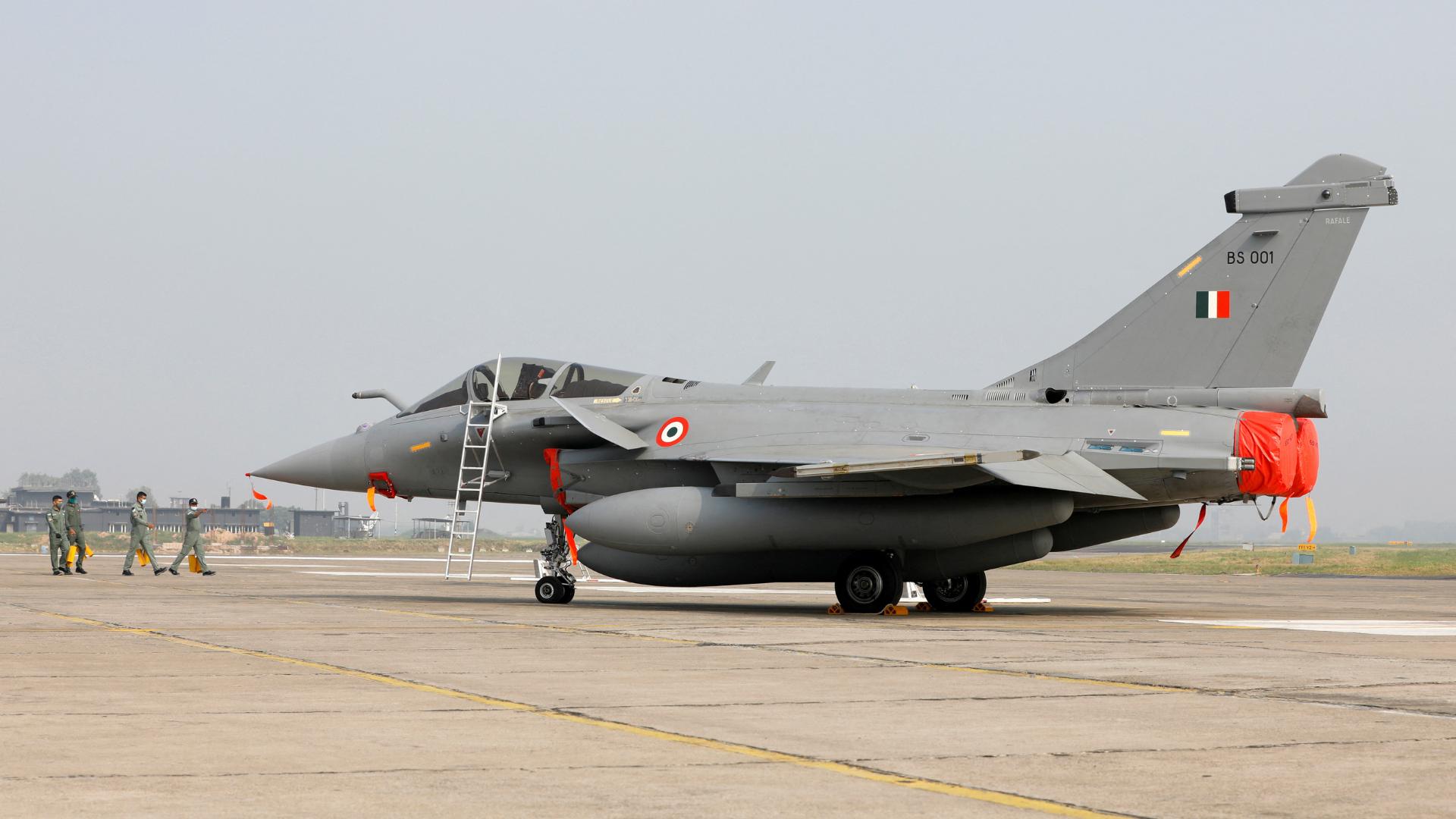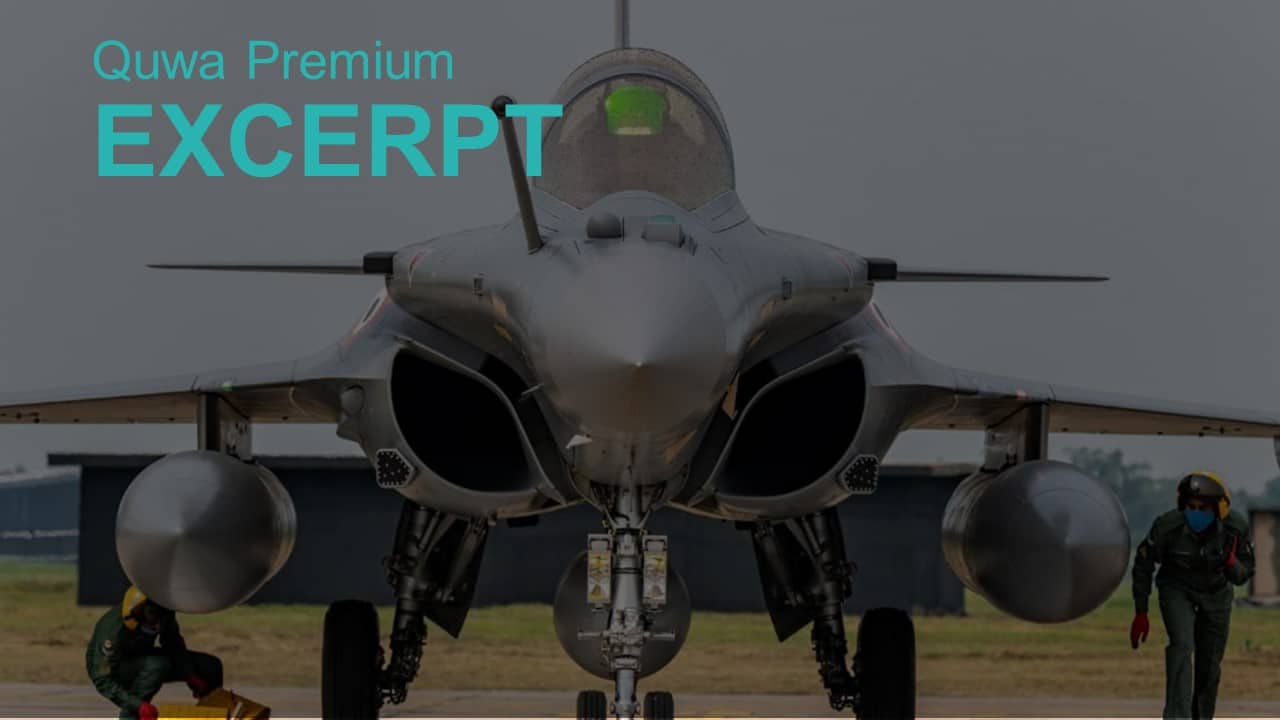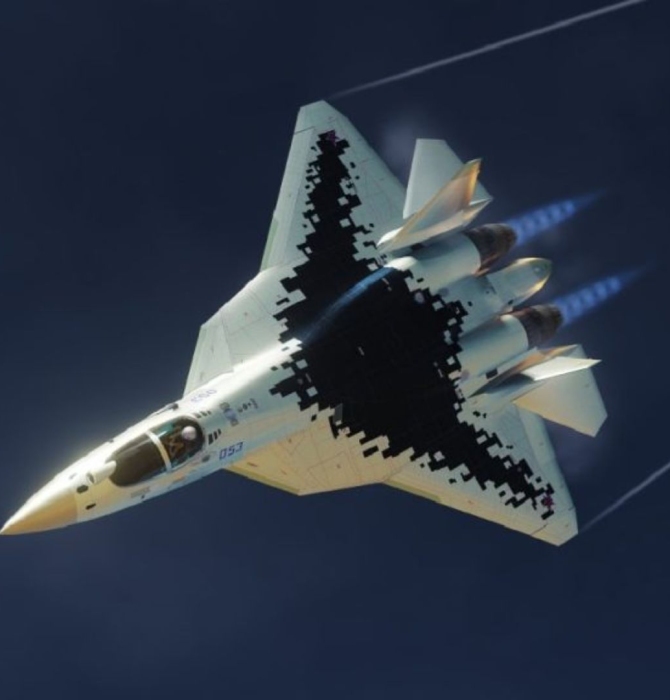14292Views

Why the Indian Air Force Is Betting Big on Rafales and Tejas Instead of FGFA Quwa Premium
Discourse on India’s airpower efforts often default to the next platform, i.e., what is the next fighter the Indian Air Force (IAF) could induct, be it to accelerate legacy platform replacement or neutralize some emerging threat, e.g., Pakistan’s interest in the Chinese J-35AE.
Systems vs. Platforms.
In recent weeks, concerns over the latter scenario have fuelled a perception that, in order to ‘counter’ a Pakistani fifth-generation fighter aircraft (FGFA) acquisition, the IAF will also need its own FGFA. In effect, the Indian government has signalled that it is exploring its FGFA options, with, at one point, the Lockheed Martin F-35 and United Aircraft Corporation (UAC) Su-57 on the table.
However, perception-driven discourse often misses the reality of how objective, technically-focused air warfare planners understand threats and formulate solutions. Where discourses framed the issue as one of ‘matching an FGFA with another FGFA,’ the IAF leadership, in contrast, likely understands that the Pakistan Air Force’s (PAF) interest in the J-35AE has less to do with it being an FGFA and more so with the reality that the J-35AE is the only pathway to building an offensive air capability.
It's About Countering Pakistan's Strategy, Not its Platforms
This echoes back to an earlier article on Quwa: Where the PAF is thinking about systems, the IAF – or, to be more accurate, discourse surrounding the IAF – is focused on platforms. With the J-35AE, the PAF wants to build a capability that will allow it to mount aggressive operations into India, while the discourse frames the IAF’s response as one of acquiring the Su-57 or F-35 to counter the J-35. However, in reality, the IAF likely cares less about the specific platform and, instead, more on what system it will need to build to blunt the PAF’s offensive spear.
Unlike the pundits, the IAF understands the actual challenge, and is signalling the moves government decision-makers should make to solve the issue. The first of these productive signals was a report of how the IAF is pushing for a government-to-government (G2G) contract of additional Dassault Rafale fighters as part of its forthcoming 114-jet MRFA requirement. The IAF’s aim is to table an Acceptance of Necessity (AoN) within weeks. More recently, the Cabinet Committee on Security (CCS) approved the purchase of 97 additional Hindustan Aeronautics Limited (HAL) Tejas Mk1A fighters, augmenting the 83 aircraft ordered back in 2021.
IAF Wants to Use Existing Investments, Not Needlessly Pivot
The IAF’s goal is to continue consolidating its platforms and re-leverage its existing training, logistics, maintenance, and other support overhead rather than to pivot towards net-new platforms. In fact, at a broader level, even the Indian Navy (IN) likely factored support commonality when it opted for 26 new Rafale-M fighters for its aircraft carriers rather than the competing Super Hornet. Yes, other technical factors played a role (e.g., compatibility with the IN’s aircraft carrier system), but commonality plays a major role.
End of excerpt. You’ll need to login or subscribe to Quwa Premium to access the full article.
Existing Quwa Plus/Pro members can log in below
Note: Logged in members may need to refresh the article page to see the article.


